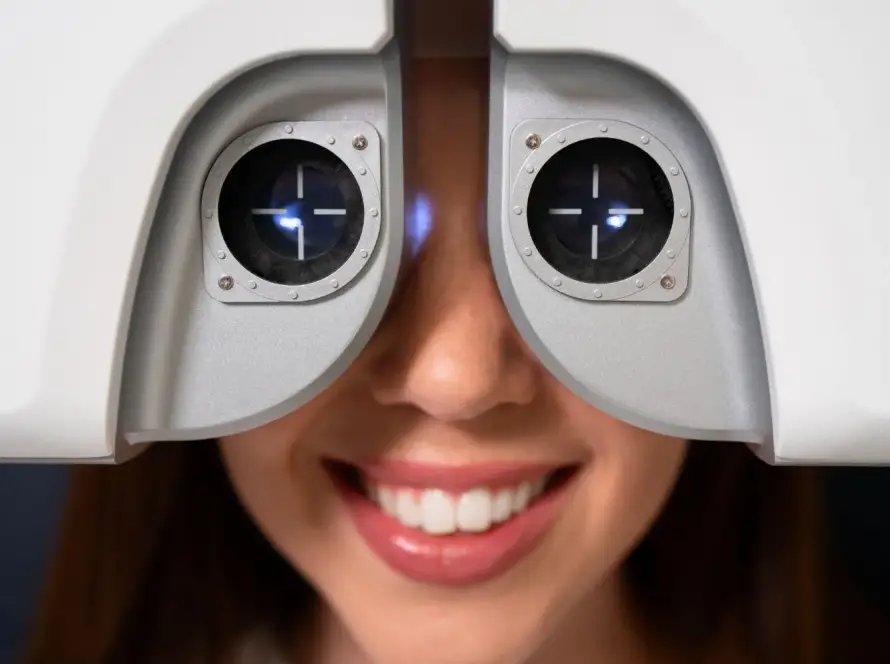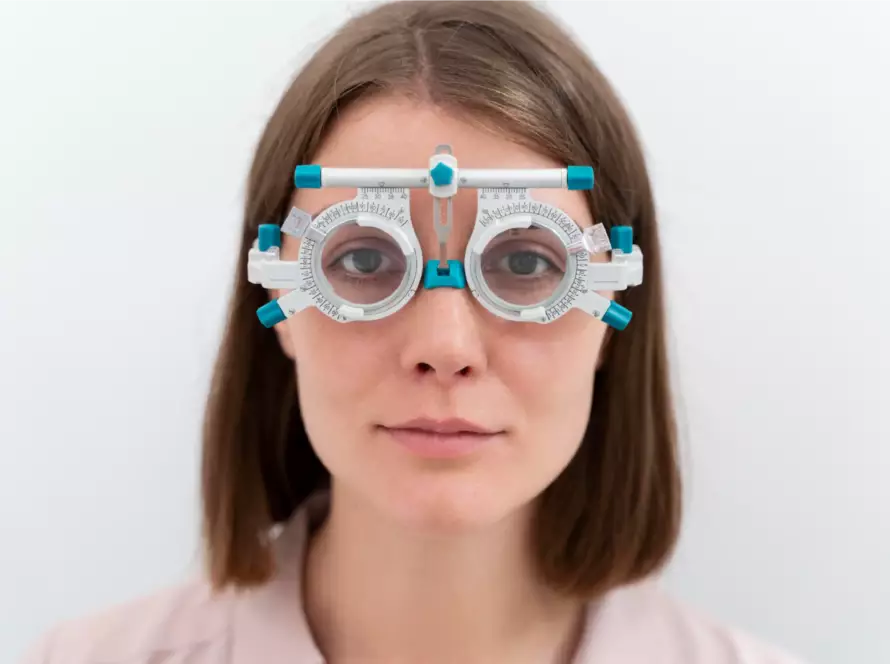Allergic conjunctivitis is an inflammatory condition of the conjunctiva, the thin membrane covering the white part of the eye and the inside of the eyelids, triggered by an allergic reaction. Accurate diagnosis is crucial for effective management and treatment, as the symptoms can overlap with other ocular conditions. The diagnostic process typically involves several key steps: clinical history, physical examination, allergy testing, and differential diagnosis.
Clinical History
The initial step in diagnosing allergic conjunctivitis is obtaining a comprehensive clinical history. Patients are asked to describe their symptoms, which commonly include itching, redness, tearing, and swelling of the eyes. Detailed information about the onset, duration, and severity of these symptoms helps in understanding the pattern of the allergic reaction. Additionally, identifying recent or ongoing exposure to potential allergens—such as pollen, pet dander, dust mites, or mold—can provide valuable clues. Seasonal patterns of symptoms, such as worsening during spring or fall, may suggest a specific environmental trigger.
Physical Examination
Following the clinical history, a thorough physical examination is conducted. During this examination, an ophthalmologist or healthcare provider inspects the eyes for signs of allergic conjunctivitis. Key findings include conjunctival hyperemia (redness), edema (swelling), and watery or mucoid discharge. The examination may also reveal other signs, such as eyelid swelling or conjunctival papillae, which are small, raised bumps on the conjunctiva that are indicative of an allergic response. In some cases, allergic shiners, or dark circles under the eyes, can further support the diagnosis.
Allergy Testing
To confirm the diagnosis and identify specific allergens, allergy testing may be performed. Skin prick tests are commonly used, where small amounts of potential allergens are applied to the skin’s surface using a tiny needle. A positive reaction, characterized by swelling and redness at the test site, indicates sensitivity to the allergen. Intradermal tests, where allergens are injected just beneath the skin, may be employed for more precise results. Patch tests can also be used to detect delayed allergic reactions, though they are less common for conjunctivitis.
Serum IgE levels can be measured through blood tests to assess the presence of specific immunoglobulin E (IgE) antibodies associated with particular allergens. Elevated levels of these antibodies can confirm an allergic reaction. However, this method is typically used in conjunction with other diagnostic tools rather than as a standalone test.
Conjunctival Scraping

In some cases, a conjunctival scraping may be performed to obtain cells from the conjunctiva. This sample is then examined microscopically for the presence of eosinophils, a type of white blood cell commonly associated with allergic responses. The detection of a high number of eosinophils supports the diagnosis of allergic conjunctivitis.
Differential Diagnosis
A critical aspect of diagnosing allergic conjunctivitis is differentiating it from other types of conjunctivitis, such as viral or bacterial conjunctivitis. Viral conjunctivitis often presents with a watery discharge and is usually associated with upper respiratory symptoms, while bacterial conjunctivitis typically produces a thicker, purulent discharge. Allergic conjunctivitis, on the other hand, is more associated with itching and bilateral symptoms.
Additionally, evaluating underlying allergic conditions such as asthma or allergic rhinitis is important, as these conditions can co-exist with conjunctivitis and influence treatment strategies. The presence of these conditions may indicate a broader allergic response, requiring a multi-faceted approach to management.
Conclusion

The diagnosis of allergic conjunctivitis involves a comprehensive assessment that includes obtaining a detailed clinical history, performing a physical examination, conducting allergy tests, and differentiating it from other ocular conditions. By thoroughly investigating these aspects, healthcare providers can accurately diagnose allergic conjunctivitis and develop an effective treatment plan tailored to the individual’s specific needs.
Beyond LASIK, Beyond SMILE



